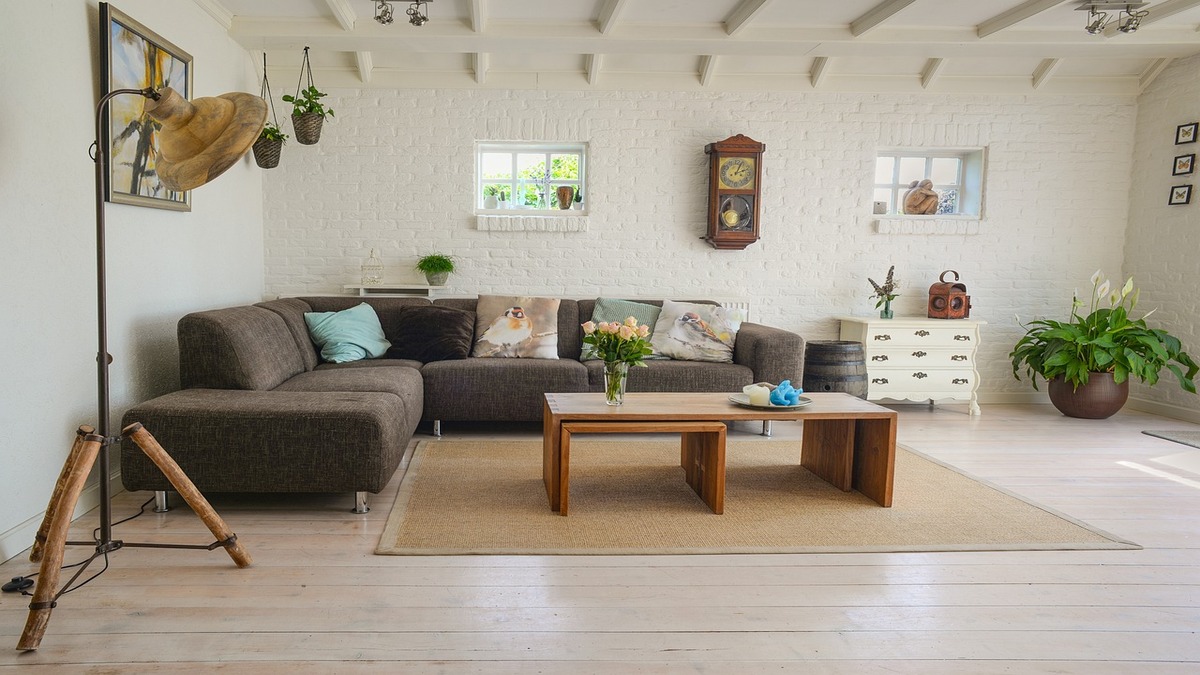If a turnover of 5,57 billion is estimated for the Swiss furniture market in 2028, in Canada we were the only exporter with sales growing by +12,3% in 2023, of which 95% in the non-luxury sector
Il Swiss furniture market presents itself as a dynamic and constantly evolving sector, characterized by a strong focus on innovation e design, with constant growth. In 2023, turnover reached 5,05 billion euros, remaining at similar levels to the previous year. The forecasts for the future are positive: significant growth is estimated, with a value of 5,57 billion expected for 2028.
The growth of the market is driven by several factors, including the increase in per capita income and the constant demand for new furniture (approximately 2023 francs per capita were spent on furniture in 573,28). The most important segment is that of living room furniture, which in 2023 recorded a value of approximately 1,48 billion.
Furnishings: Switzerland’s great interest in Italian furniture
In recent years the panorama of the sector has undergone a profound transformation thanks to the increase in the use of the internet, which has radically redesigned the framework of distribution channels in retail sales. Consumers have made gods digital channels the segment in which the furniture market is experiencing the fastest growth. In Switzerland, the percentage of online furniture shopping it went from 18,2% to 24,3% between 2018 and 2023.
The data relating to the commercial exchange between Italy and Switzerland in thefurniture and design they are very positive. Italy is positioned as the second largest supplier to the Swiss Confederation, behind the Germany, regarding furniture, furnishing accessories, ceramic coverings, windows, lighting, stone products and stone materials. In 2023, theItalian export towards Switzerland reached the figure of 1.236.687.520 euros, with a particularly significant increase (+5,88%) in the segment of stone, plaster, cement and other similar materials for construction use.
The Swiss furniture market therefore presents interesting opportunities for Italian companies which find their strengths in quality, design, innovation and sustainability. A strategic approach that includes investments in R&D e digitization, as well as the development of online channels and the creation of synergies with local partners which are essential in a dynamic and continually growing market like the Swiss one.
Made in Italy fashion conquers Canada
At the same time, if we look overseas the Canada represents an interesting market forexport of Italian clothing, with its approximately 40 million inhabitants and significant growth potential in the coming years.
Forecasts for 2024 indicate an estimated turnover of 40,8 billion US dollars. According to Statista, the Canadian apparel market is expected to grow at an annual rate of 2,5% over the period 2024-2027. The most important segment of the market is that ofwomen’s clothing, with expected revenue this year of $22,4 billion.
In 2023, Canadian apparel imports saw a decline of 9,8% compared to 2022. The top four exporting countries in Canada, i.e. China, Vietnam , Bangladesh e Cambodia, have respectively a market share of 29,5%, 14,2%, 13,2% and 8,9% and recorded a decrease of 12,1%, 9,4%, 14,3% and 21,7 %.
Italy, whose strengths are quality and design in production, is the only European country among the top 10 exporters and the only one to have recorded a 12,3% increase in its exports to Canada in 2023. At the moment occupies fifth position with a market share of 3,7%.
However, it is important to note that, unlike what happens in other markets, where the demand is greater Luxury made in Italy, 95% of sales in Canada are attributed to the non-luxury sector, as the market is supported by a growing demand for clothing planet.
The new post-pandemic trends in Canada and Italy
Fashion in Canada is conceived differently than in Italy, and despite the return to normality after pandemic, important changes can be seen in consumer behaviour:
- clothing comodo e functional – sales of “formal attire”, which suffered a significant negative impact during the covi-19 pandemic, were offset by an increase in demand for comfortable and informal clothing suitable for the home environment and daily activities (the so-called “ comfortable and functional”);
- fashion planet – Canadian consumers’ interest in cruelty-free and sustainable products is a growing trend;
- e-commerce on the rise – e-commerce and online sales have recorded notable growth, also thanks to government support with dedicated funds for the development of the digital system;
- a multicultural market – Canada is a country open to immigration and welcomes more than 400 thousand new immigrants every year. Pro-immigration policy has led to ethnic diversity in the population, creating a heterogeneous market with a variety of preferences and habits. The limited size of the market in terms of number of operators and inhabitants should be underlined, where the majority has a medium-low purchasing power.
